Search
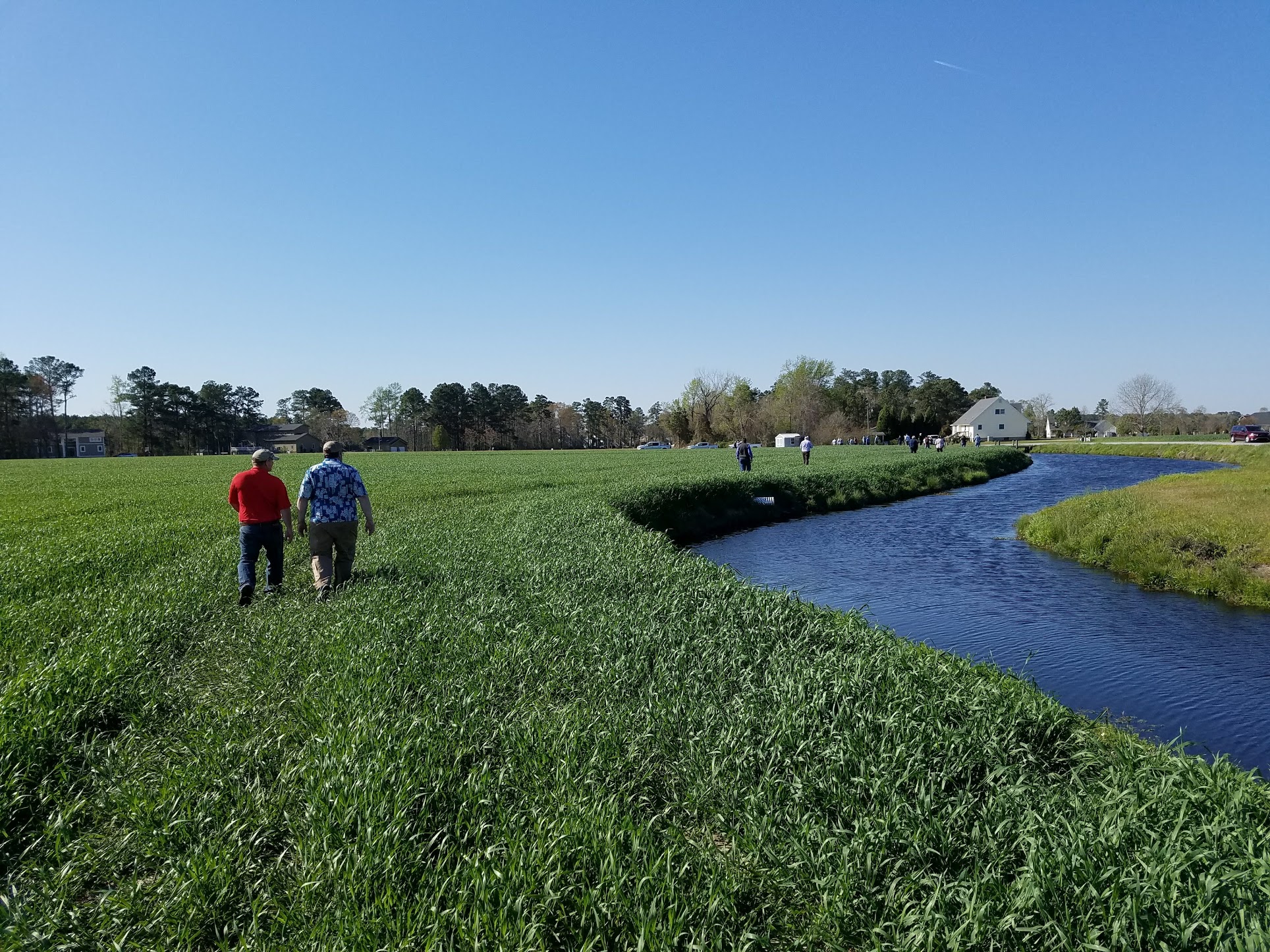
Conservation Drainage Complexities Part 1
How can farmers benefit from conservation drainage? Conservation drainage includes practices such as bioreactors, saturated buffers, wetlands and more.

Controlled Drainage Logistics
How is controlled drainage a beneficial conservation practice in maintaining the water in your fields?

Constructed Wetlands: Mitigation, Credit Where Credit is Due
This week on Streamlines we join John McMaine and Anthony Bly for their continued discussion of constructed wetlands.
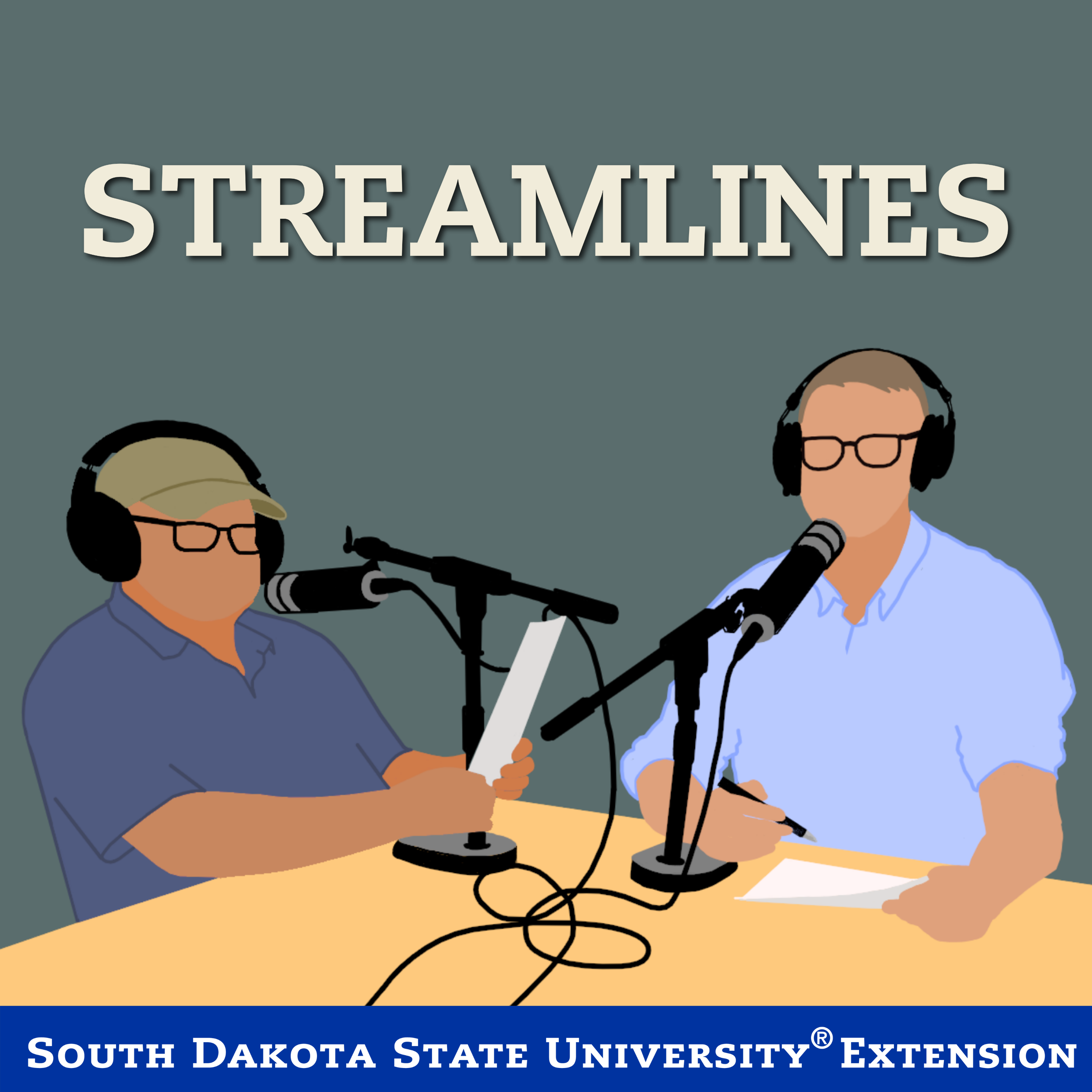
Phosphorus Trapped – Edge-of-field treatment to reduce phosphorus loss (Part 3 of 4)
In this episode of Streamlines, Dr. John McMaine and Anthony Bly welcome guests Dr. Lindsey Pease and Dr. Chad Penn to continue their discussion on phosphorus.
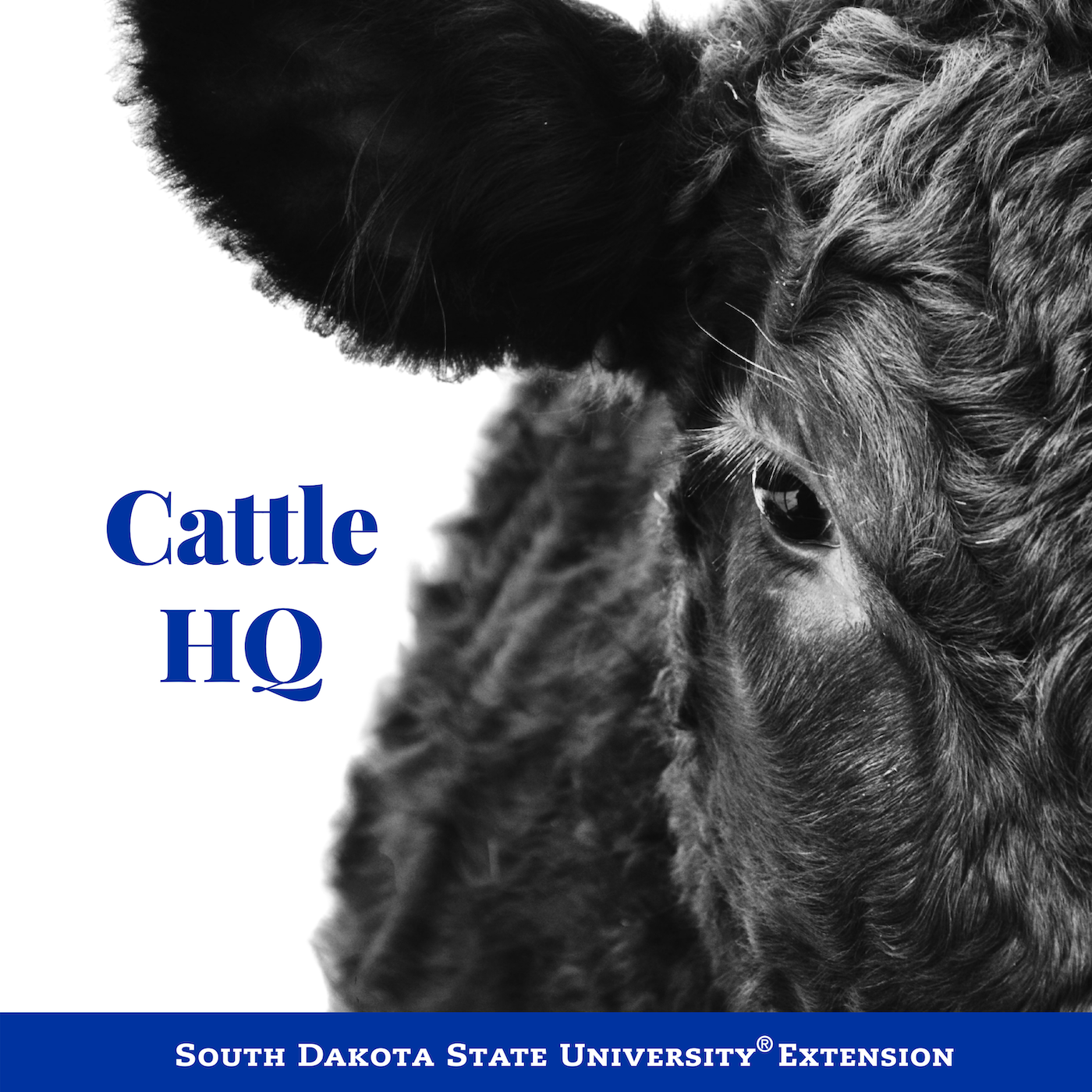
Ruminating on Microbiomes
During this episode of Cattle HQ, Madison Kovarna sits down with Dr. Ben St. Pierre from South Dakota State University to discuss all thing microbiome and cattle digestive system.
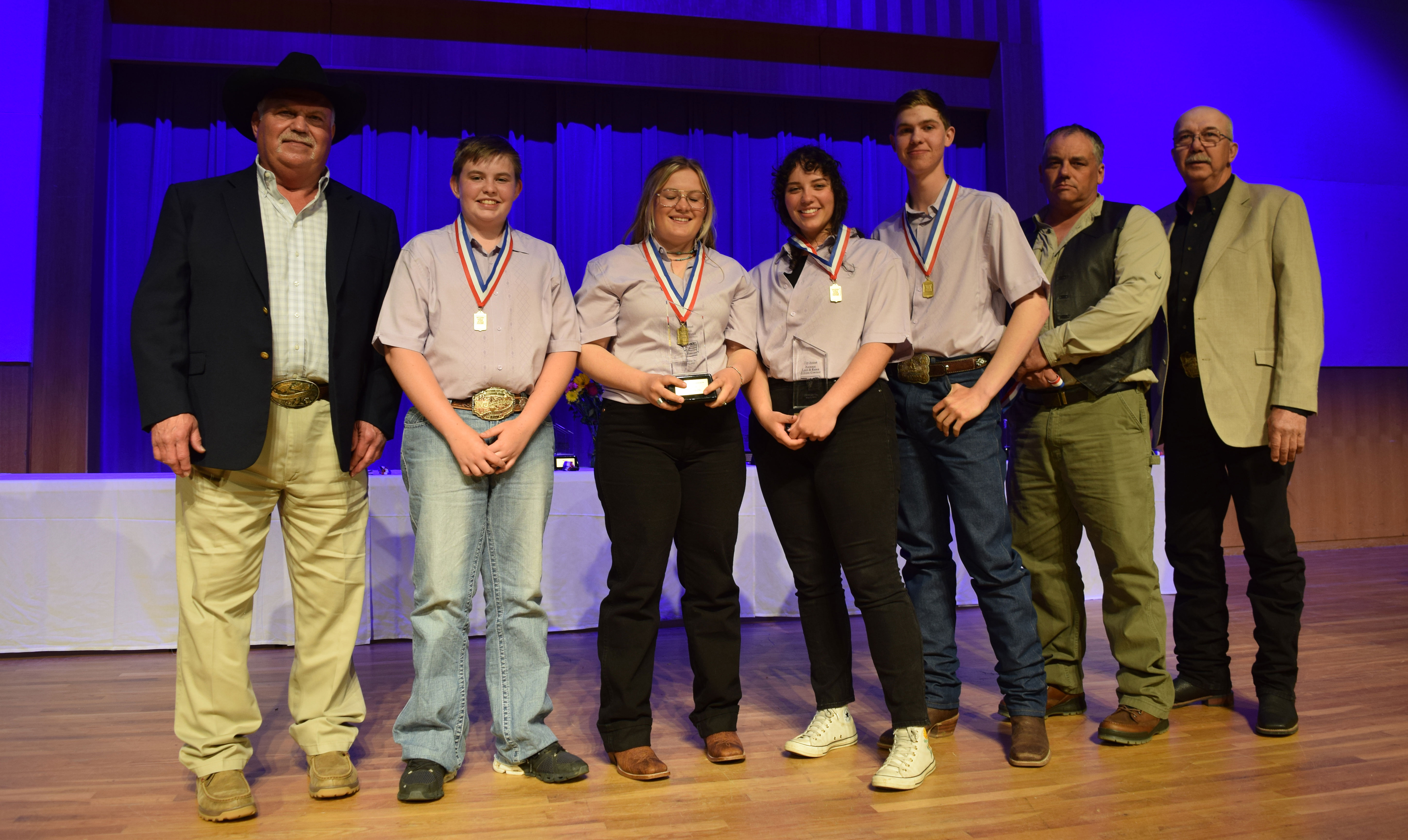
South Dakota Teams Perform Well at National Land, Range & Homesite Judging Contest
June 08, 2022
After two years of cancellations, a record attendance of more than 1,000 FFA and 4-H members competed in the National Land, Range, and Homesite Judging contest according to the Oklahoma Association of Conservation Districts, the contest’s main sponsor.
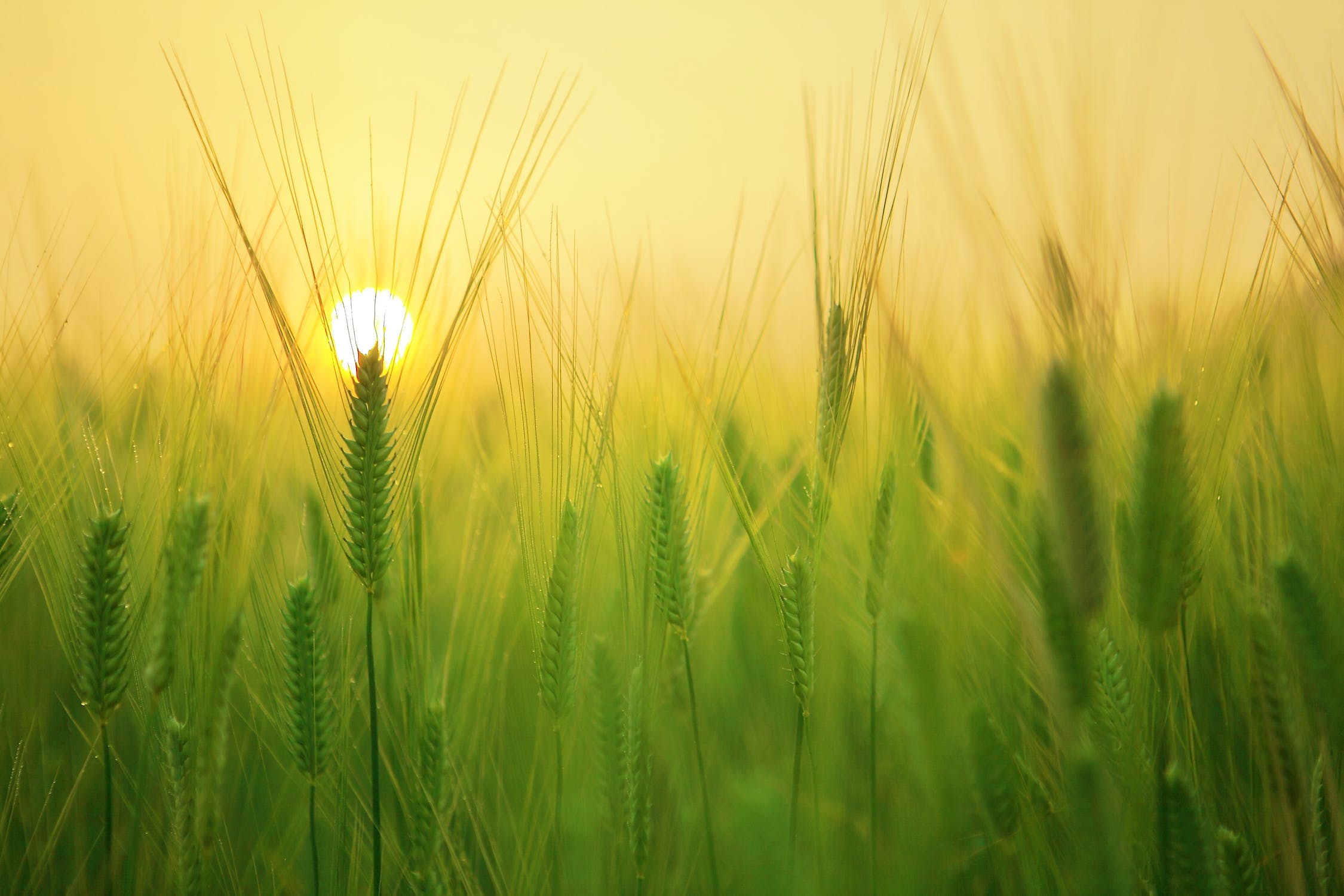
Water Use by Plant Stage
Over the growing season, solar radiation, air temperature and plant size are the dominant factors in determining evaporative demand and the rate of water use by wheat. Water use can vary dramatically on a day-to day basis, depending on climate and wheat health.
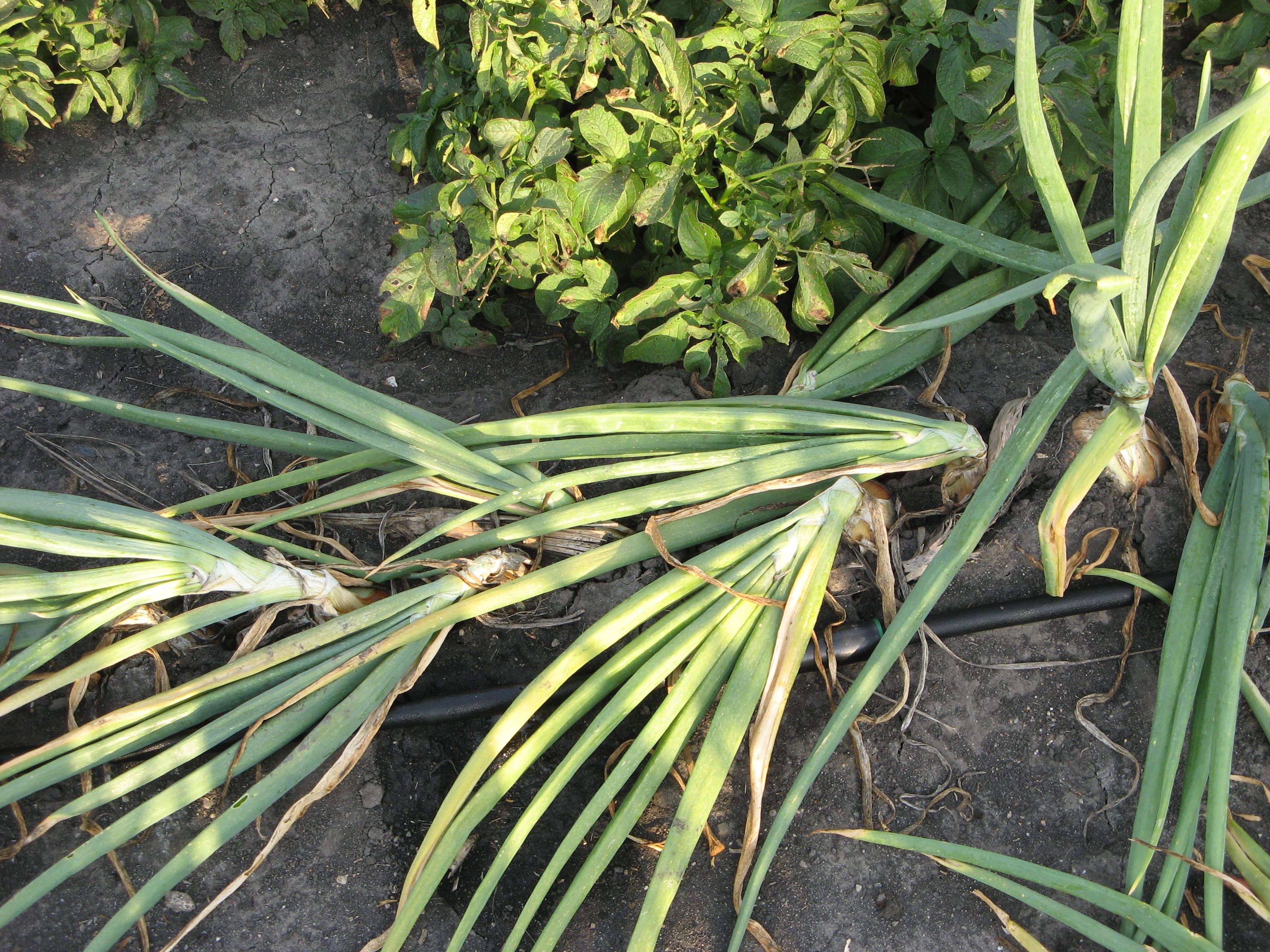
Growing Onions
Onions have been a commonly grown vegetable for thousands of years. They are easy to grow, nutritious and can be stored for months until they are needed as part of a meal. There are many different kinds of edible members of the Allium genus but bulbing onions are the most commonly grown.
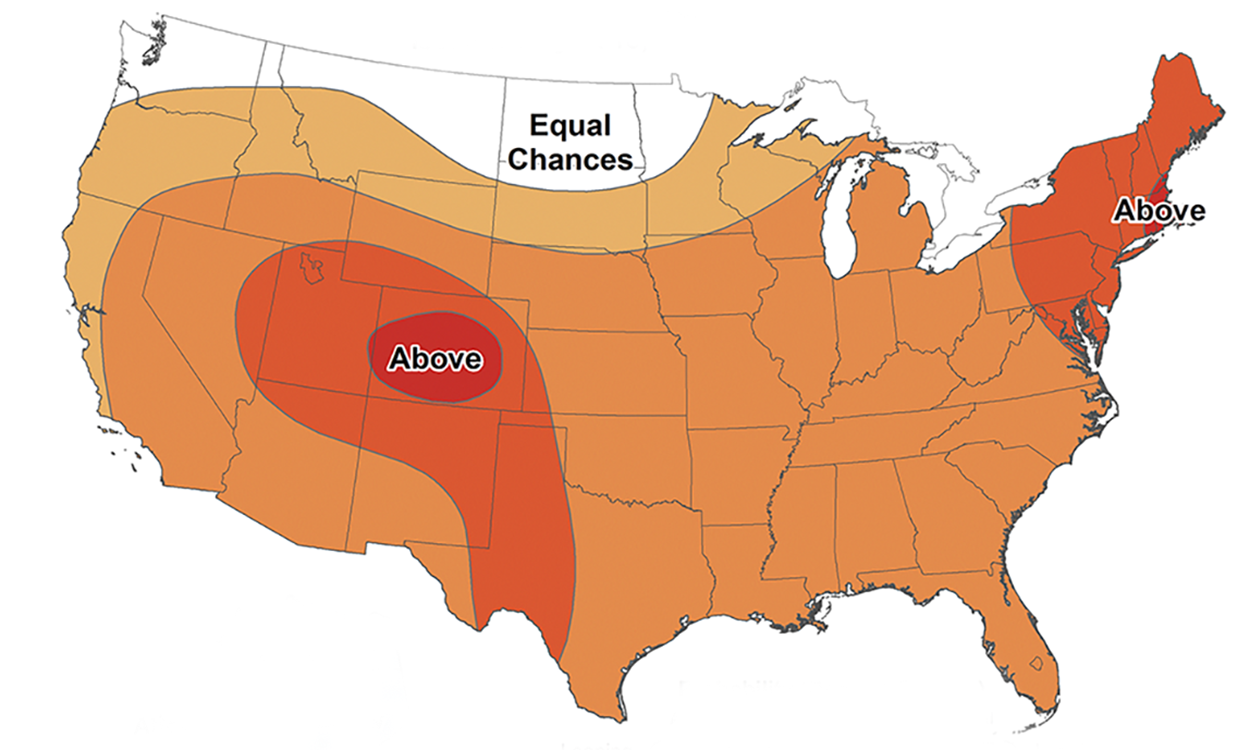
2022 Fall Climate Outlook
Summertime is coming to an end soon, and September is right around the corner. The questions we hear this time of year are often about fall harvest weather for corn and soybeans, planting for winter wheat and our first fall frost.
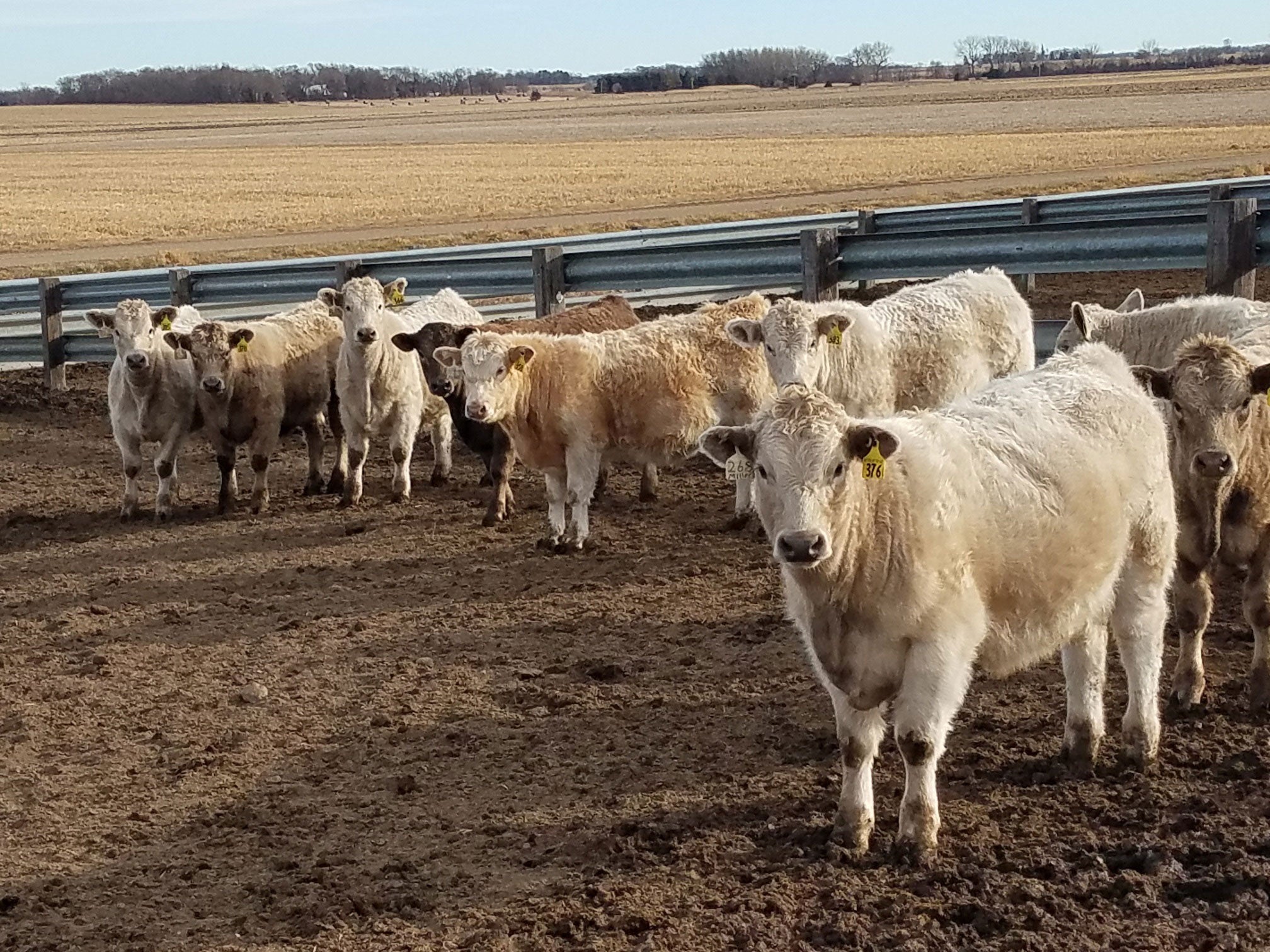
Feeding Value of Light Test Weight Corn
Whether due to planting delays, a cooler growing season, or an unexpectedly early frost, stress factors sometimes result in crops that do not meet standard test weight requirements. So how does reduced test weight affect the feeding value of corn and cattle performance?